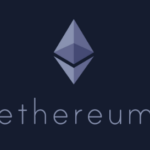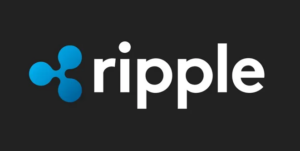Ethereum Witnesses Sharp Decline in New Address Creation to Record Low in 2024

The introduction of spot ether exchange-traded funds (ETFs) on U.S. stock markets has triggered significant changes in how cryptocurrency investments are made. Investors are increasingly opting to gain exposure to Ether through these ETFs, leading to a noticeable decrease in direct token purchases.
This shift in investment behavior underscores a growing inclination towards utilizing traditional financial instruments to interact with Ethereum, as opposed to directly acquiring Ether. Concurrently, Solana, a competitor to Ethereum, has experienced a surge in the creation of new addresses. Data from The Block indicates that Solana’s decentralized exchange (DEX) ecosystem is rapidly progressing, narrowing the gap with Ethereum’s well-established network.
The rise in new addresses on Solana can be attributed to the escalating interest in memecoins, which continue to attract a substantial number of new users. The growth of Solana highlights its expanding role in the decentralized finance (DeFi) sphere, driven by innovative solutions and competitive offerings.
In contrast, Bitcoin has also witnessed an increase in the number of new addresses. Despite the general downturn in the market, the Bitcoin network remains appealing to new users. However, the surge in wallet creations has not resulted in a proportional increase in network fees or on-chain activities. Reports from The Block suggest that while more wallets are being established, the corresponding network activities and transaction fees have not experienced a similar surge.
These developments paint a complex picture of cryptocurrency adoption. The emergence of spot ether ETFs indicates a pivot towards institutional and conventional financial avenues for exposure, while Solana’s growth signals a dynamic transformation within the DeFi sector. The escalation in Bitcoin addresses without a corresponding surge in network activity further emphasizes the nuanced patterns in user engagement and network utilization.




